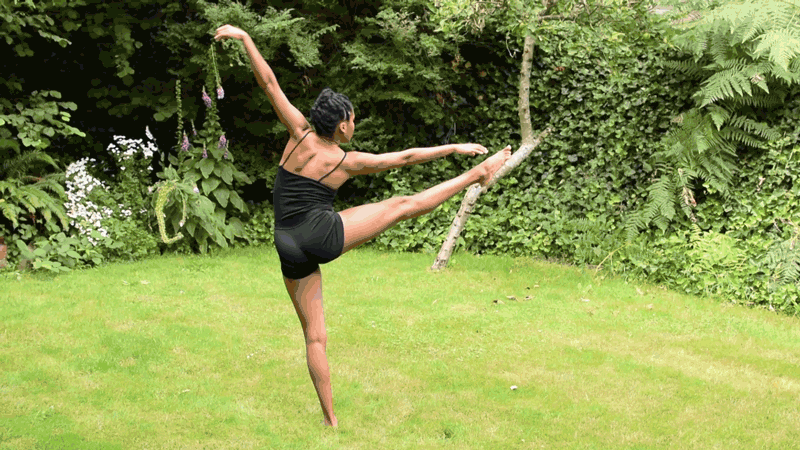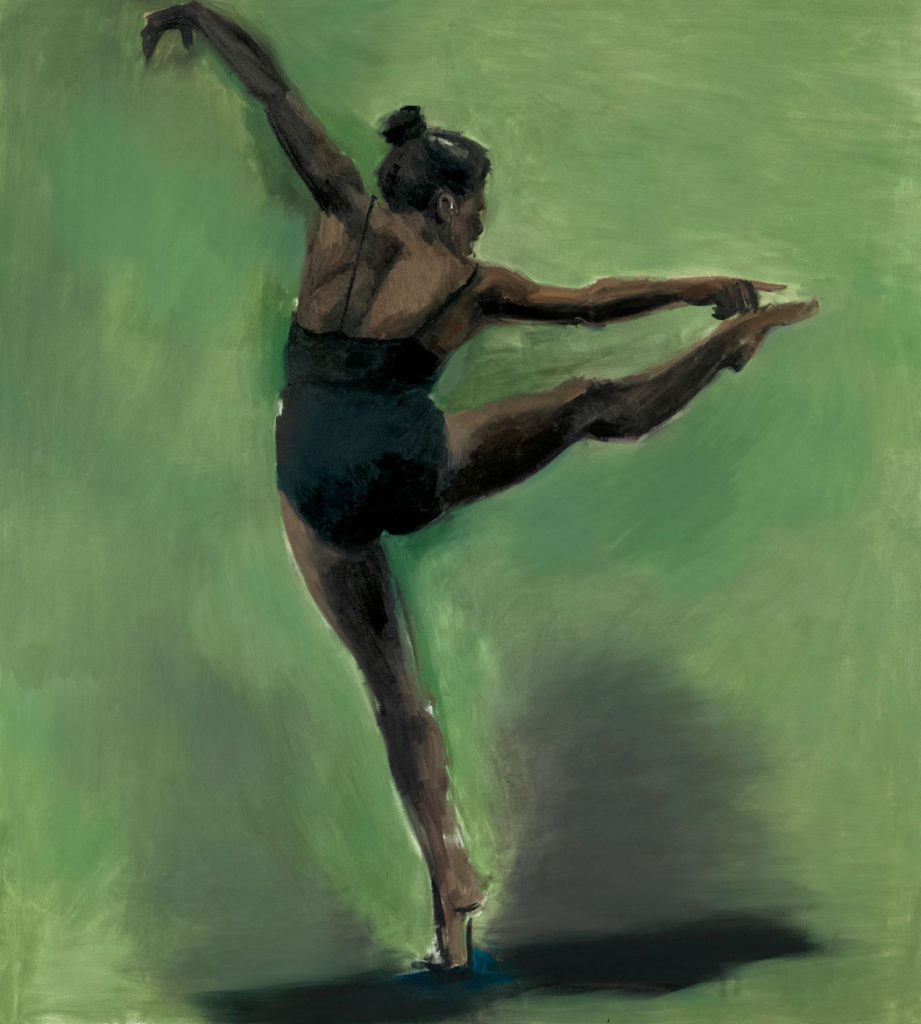SAM Performs: Cross Section Dances
“Moving images
– Michele Dooley
When you stare at something for a while it starts to move.
When you focus/think on it long enough it will move you.”
Action painting is akin to an artist dancing around their canvas. In this video Michele Dooley, Nia-Amina Minor, and Amanda Morgan, three Seattle-based contemporary dance artists, reinterpret Franz Kline’s movements in Cross Section.
Cross Section came into SAM’s collection earlier this year as part of a gift made to the Seattle Art Museum from the Wright Collection in honor of the museum’s 75th Anniversary. Though it’s been on view before, it’s inclusion in City of Tomorrow: Jinny Wright and the Art That Shaped a New Seattle marks it’s debut as part of our Modern and Contemporary Collection. This exhibition presents 64 works, all from the Wright Collection, created between 1943–2003 that define bold and experimental art movements across the United States and Europe. City of Tomorrow features but a fraction of the many works that Jinny and her husband Bagley gifted to SAM over the years. Kline’s Cross Section is a striking example of the Abstract Expressionist art movement.
“There is movement present in a painter’s trace. In the remnants of each brush stroke one can sense action, physicality and gravity. What does it feel like to be a paint brush to watch and listen to it’s swipe and feel each stroke embodied. What does it feel like to move with and through a painting? In the wash of this physicality there are the inevitable left overs and spillages. That space of imperfection and slippage draws me in.”
– Nia-Amina Minor
Like many abstract expressionist artists, Kline trained as a figurative artist but chose to work abstractly, believing that the basic elements of art—line, color, shape—could evoke a transcendent experience for a viewer. In Cross Section, thick strokes of black and white paint are layered, emphasizing movement in the composition. This work is often referred to as an example of action painting because it can be seen as a record of its making.
Though City of Tomorrow is closing on January 18, the impressive artworks in this exhibition will be on view again as part of SAM’s collection galleries—all thanks to the visionary voyage of Jinny Wright. Through her arts initiatives, donations, and fundraising, Jinny’s legacy lives not only in the art collections and institutions she helped build, but also in her staunch belief that contemporary artists define their time.
“When approaching making movement in response to this work, I immediately was drawn to how abstract it was. Only having black and white strokes leave so much room for interpretation and storytelling. I imagined I was a part of the black strokes, weaving in and out of the white portions. There’s a moment where I slowly slip my shoes off; this was improv, but I envisioned that I was leaving the black strokes to enter white strokes, intertwining them both, one not existing without the other.”
– Amanda Morgan

